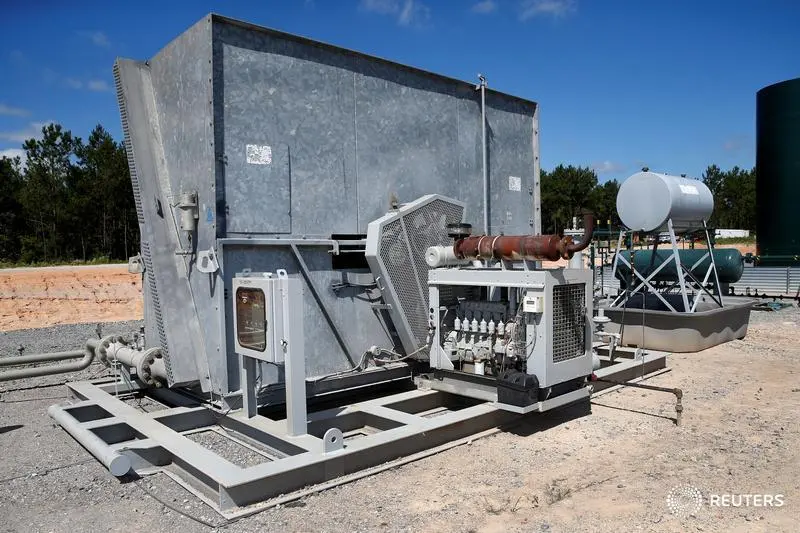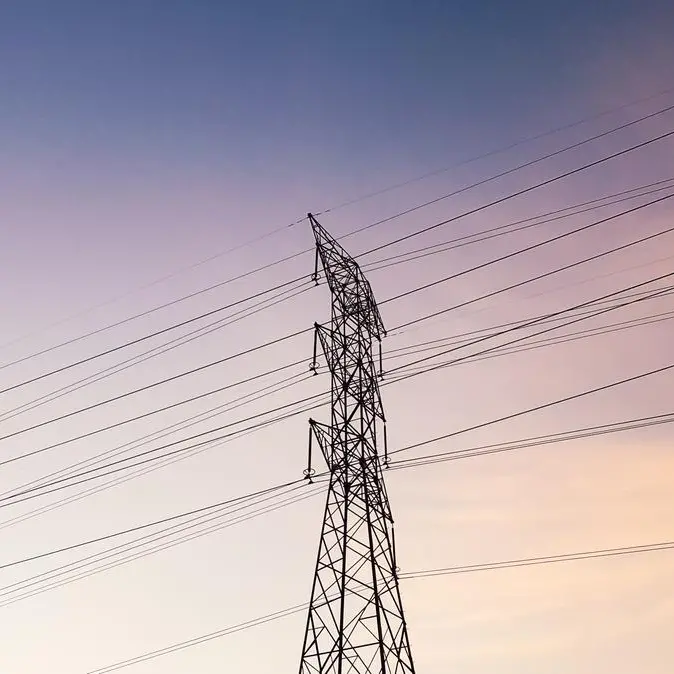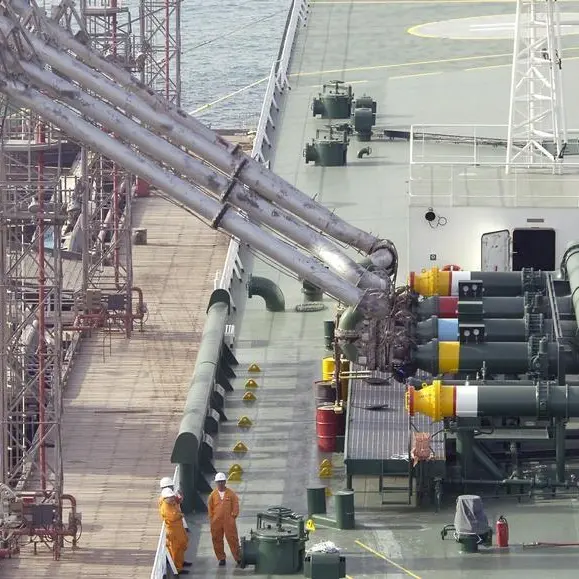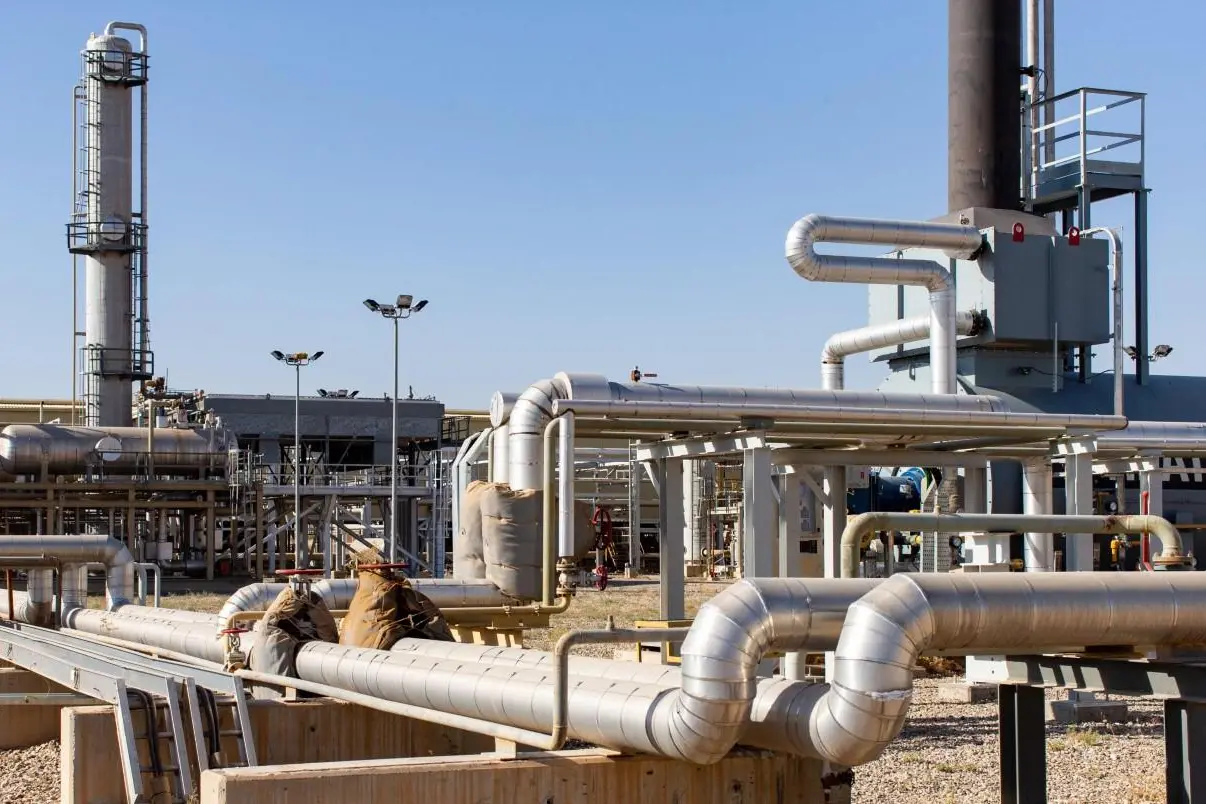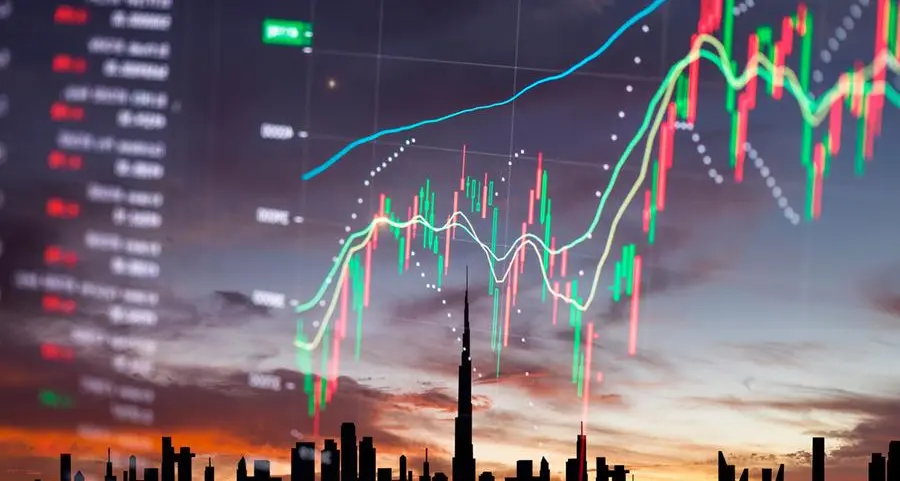PHOTO
U.S. natural gas futures dropped about 5% on Thursday on forecasts for less cold weather and lower heating demand this week and next than previously expected.
That price decline came after futures soared over 14% on Wednesday - their biggest one day gain since 2020 - to a six-week high after forecasts for much colder weather in late January reminded the market of the price spikes seen during last February's freeze in Texas.
And with the latest forecasts still calling for extreme cold in late January, traders said they expect prices to remain volatile with each change in the weather outlook.
In addition to watching the weather, traders said they were waiting for a federal report on Thursday that is expected to show that colder than normal weather last week caused utilities to pull more gas than usual from storage to meet rising heating demand.
Analysts forecast U.S. utilities pulled 173 billion cubic feet (bcf) of gas from storage during the week ended Jan. 7. That compares with a decline of 134 bcf in the same week last year and a five-year (2017-2021) average decline of 155 bcf.
If correct, last week's withdrawal would reduce stockpiles to 3.022 trillion cubic feet (tcf), which would be 2.6% over the five-year average of 2.944 tcf for this time of the year.
Front-month gas futures NGc1 for February delivery fell 25.7 cents, or 5.3%, to $4.600 per million British thermal units (mmBtu) at 8:20 a.m. EST (1320 GMT). On Wednesday, the contract closed at its highest since Nov. 26.
During the 2021 February freeze, gas futures climbed - gaining as much as 7% on Feb. 16 - but did not soar like the spot market. Next-day gas prices soared to record highs in several parts of the country - gaining over 1,100% on Feb. 12 at the Waha hub NG-WAH-WTX-SNL in West Texas - as Winter Storm Uri left millions without power and heat for days after freezing gas wells and pipes in Texas and other U.S. central states.
In the spot market, next-day power and gas prices for Thursday in New York and New England mostly eased as the weather briefly turns less cold after hitting their highest since January 2018 during a shot of extreme cold earlier in the week. Traders noted, however, that Saturday was now forecast to be the coldest day so far this winter in the Northeast with temperatures only reaching the teens Fahrenheit (about -9 Celsius).
Soaring gas prices this week prompted Excelerate Energy to start using its Northeast Gateway liquefied natural gas (LNG) import terminal in the Boston Harbor to deliver fuel into the New England market for the first time since 2019.
Data provider Refinitiv projected average U.S. gas demand, including exports, would slide from 133.2 billion cubic feet per day (bcfd) this week to 132.0 bcfd next week as the weather briefly turns less cold. Traders, however, noted the latest forecasts called for extremely cold weather to return during the last week of January.
The amount of gas flowing to U.S. LNG export plants averaged 12.17 bcfd so far this month, close to the record 12.16 bcfd in December.
(Reporting by Scott DiSavino; Editing by Hugh Lawson) ((scott.disavino@thomsonreuters.com; +1 332 219 1922; Reuters Messaging: scott.disavino.thomsonreuters.com@reuters.net))
